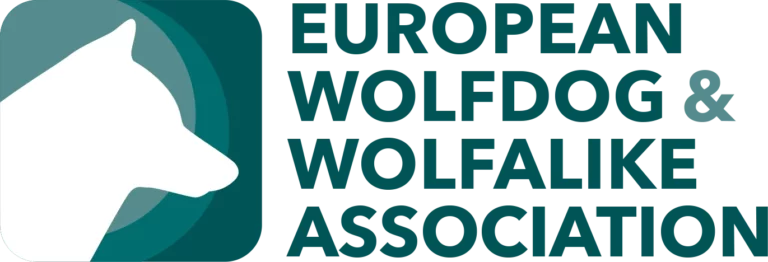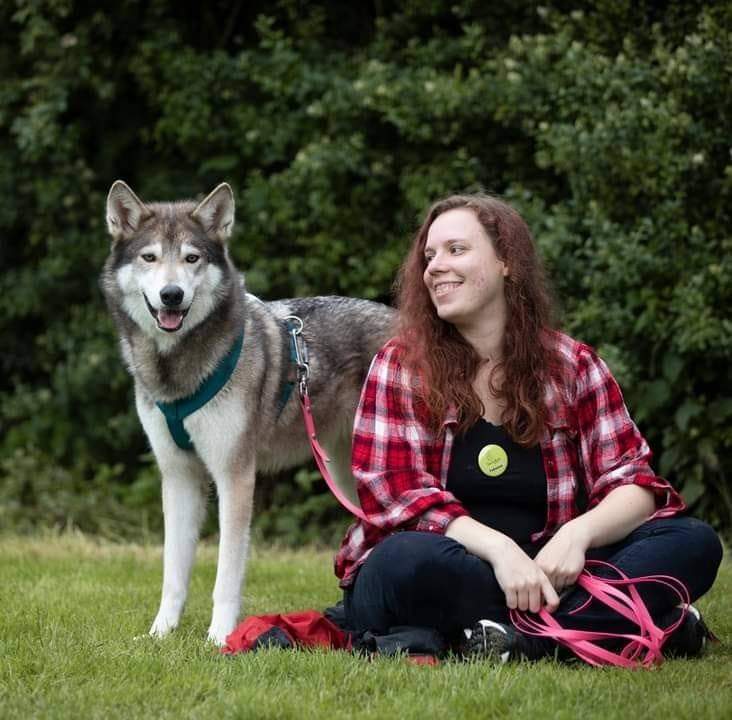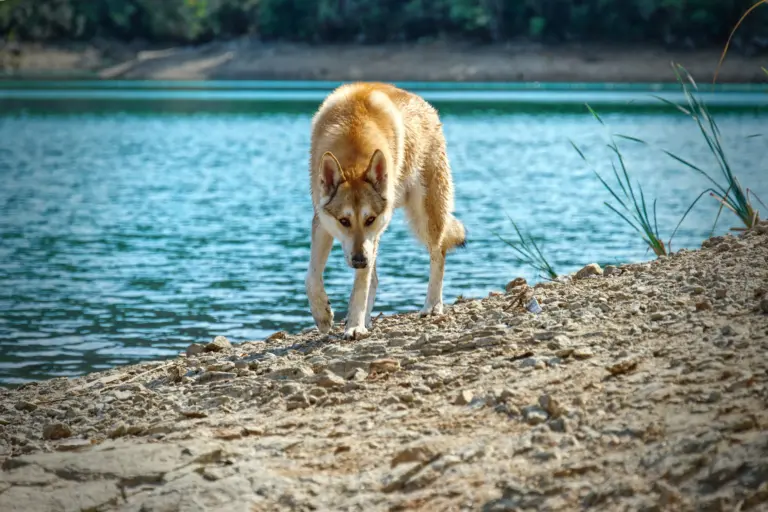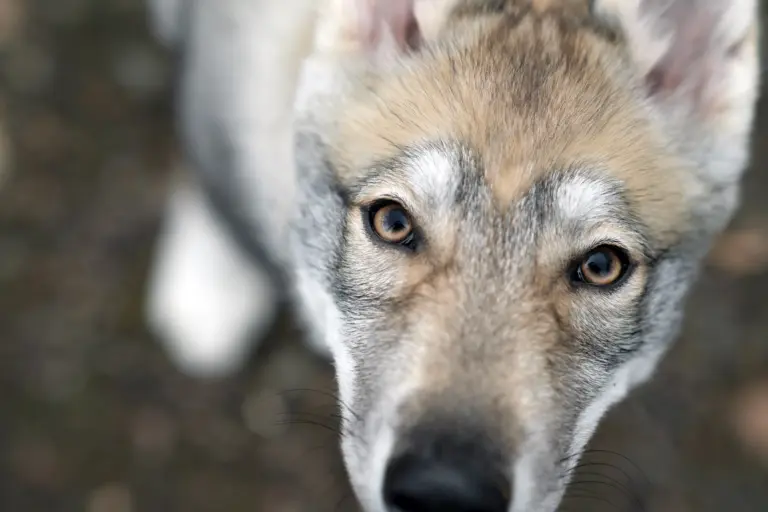A frequently asked question about Wolfdogs is the question of their legality. People are often unsure, especially when it comes to Wolfdogs with a higher percentage of wolf in their DNA, which usually look very similar to wolves. Can an animal that is 90% wolf really be considered a dog by law? What are the differences between the rules in Germany, Switzerland and Austria?
In fact, there is no general answer to this question, but rather a bit more to it.Wolves have a special protection status throughout Europe. They are subject to the Washington Convention on International Trade in Endangered Species of Wild Fauna and Flora, also known as CITES, which strictly controls international trade in endangered wild animals. In addition, it is part of the Bern Convention, which requires strict protection systems in the natural range of the species. The keeping of wolves is therefore usually subject to strict conditions due to these and other country-specific rules. These conditions may include, for example, proof of special qualifications for keeping wild animals, certain enclosure sizes and the nature of the enclosure itself, as well as an explicit licence to keep animals.
Wolfdogs in Germany
In Germany, the wolf is also strictly protected under the Federal Nature Conservation Act. This means that it is prohibited to catch, harm, kill or remove wild wolves from nature. The last part is particularly important, because keeping a wolf as a pet automatically means removing it from nature. Exceptions to this may only be made in individual cases, especially if the interest of public safety prevails.
Wolf-dog offspring, called hybrids by lawmakers, are also incorporated into the Federal Nature Conservation Act. This means that both wolves and hybrids are subject to species protection. Specifically, it states:
„Hybrid animals in which one or more specimens of a species listed in Annexes A or B appear in the four preceding generations in the direct line are subject to the regulation in the same way as pure species, even if the hybrid species in question is not explicitly listed in the annexes. „
In order to understand why exactly this law plays a rather marginal role for Wolfdogs, we need to understand how exactly Wolfdogs came into being and how their origin differs from today’s breeding. That is exactly where the small but subtle difference lies!
The first Wolfdogs
In order to have a Wolfdog at all, a wolf must have been crossed with a dog at some point. This can happen for various reasons. However, the most common case was on fur farms in the USA, where wolves were mated with dogs for better manageability and improved fur quality. In many states there, keeping wolves is also allowed. A wolf-dog offspring is an F1 wolf hybrid. The ‘F’ stands for filial generation or follow-up generation. The first generation of the cross between two individuals is referred to as F1. This designation shows us that the last wolf crossed is one generation away.

As an F1 hybrid, this wolf dog falls under the law cited above (‘in which in the four previous generations’), since the last wolf crossed is only one generation away. Accordingly, such an F1 would enjoy the same protection status as a wolf and therefore may not be kept in private ownership. However, there are now various possibilities for further mating the F1 offspring.

In this example, the F1 hybrid is mated again with a wolf. The last wolf cross-breeding is now only one generation away and accordingly, the offspring again counts as an F1 wolf hybrid. This time it has both a wolf as a parent and as a grandparent.
Wolfdogs as multigenerational hybrids
However, wolves are not allowed to be kept privately in Europe. Also, mating dogs with wolves from zoos or wildlife parks is prohibited. Accordingly, only other mating options remain to produce further generations.


In these examples, the F1 hybrid is mated with a dog or another F1 hybrid. In both cases, the last wolf cross has moved one generation further back. In the F2 hybrid, the wolf is a grandparent, so the last wolf cross is two generations away.
The last two examples give a very good insight into the current Wolfdog breeding. Most of today’s Wolfdogs are multigenerational hybrids, which means that their parents, grandparents, great-grandparents and so on were all Wolfdogs or resulted from matings between Wolfdogs and other dogs. The pedigree of my Wolfdog Ada is a good example of this:

This targeted multigeneration breeding also means that the last wolf cross was usually much further back than four generations. From the fifth generation after the wolf, Wolfdogs are considered by law to be dogs again, and may accordingly be kept privately as pets and are no longer subject to any special protection status. The Czechoslovakian Wolfdog, which originally resulted from breeding German Shepherds with Carpathian Wolves, had its last wolf crossbreeding as early as 1983, for example. Accordingly, many dogs of this breed are already more than 10 generations removed from the last wolf crossbreeding.
Proportion of wolf and filial generation
But how can it be that there are Wolfdogs that are more than four generations removed from the wolf cross and have a wolf percentage of over 90%? Again, targeted multigeneration breeding is the answer.
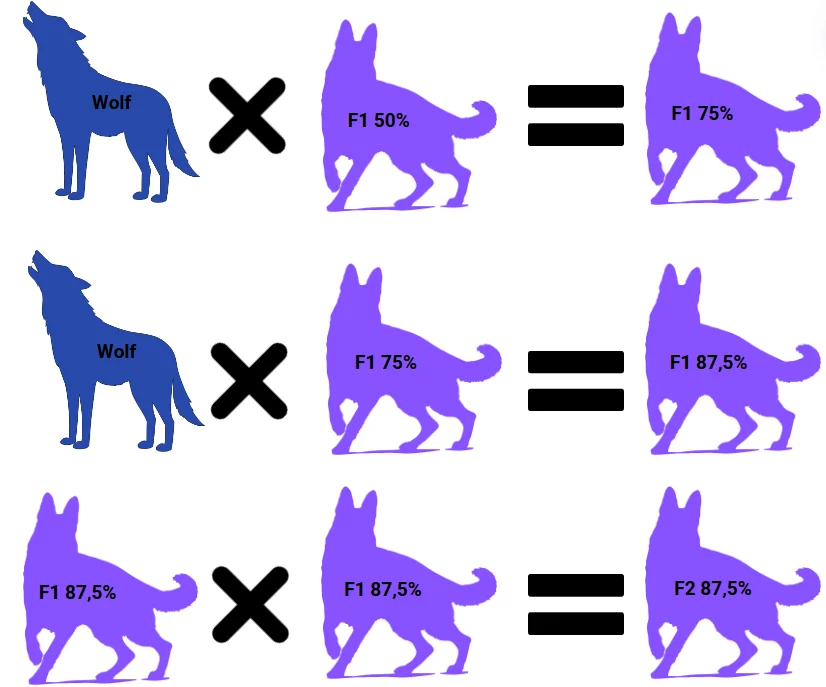
Particularly in the early days, wolf-dog offspring were often mated with wolves again, which increased the proportion of wolf genes. If these offspring are mated with each other, the wolf percentage remains roughly the same, while the last wolf cross in the pedigree moves further back. However, another consequence of this is that many Wolfdogs with a high wolf percentage are somewhat more closely related than Wolfdogs with a lower wolf percentage. While there is a wide range of dogs that can be mated with your wolfdog and always have been, the selection of wolves has always been rather limited.
So while the filial generation may be related to the wolf percentage, the two are not necessarily related. In Germany, there are no restrictions on the wolf percentage alone.
Wolfdogs in Switzerland
The situation is different in Switzerland. According to the Federal Food Safety andVeterinary Office (FSVO), the following applies with regard to the restrictions on keeping and breeding wild animal hybrids from dogs:
„Crossbreeds with a high proportion of wild animals are not suitable as pets (…), which is why they are equated with wild animals in accordance with Article 86 of the Animal Protection Ordinance (TSchV). This includes offspring from matings in which one parent or one grandparent is a wild animal (see Art. 86 let. a and c TSchV) as well as wild animal hybrids with a wild animal content of fifty percent, whereby the number of generations to the first wild animal cross-breeding is irrelevant (see Art. 86 let. b TSchV).„
This means that, similar to the situation in Germany, direct descendants of wolves are legally equated with a wolf. While the regulation in Germany includes F1-F4, it is limited here to F1 and F2 offspring. However, there is also a clause regarding the wild animal component. The wolf component must not exceed 50%, regardless of the filial generation. A wolf-dog with over 50% wolf content is classified as a wild animal, just like an F1 or F2, because its wild animal content is higher than the domesticated content. In Switzerland, keeping animals with a wolf as a parent or grandparent or with a wolf percentage of over 50% requires a zoo enclosure with a prescribed minimum square footage, specialised, non-job-specific training for keeping wolves, and a permit from the respective canton.
In summary, this means that only Wolfdogs that are at least three generations removed from the wolf and have less than 50% wolf content are considered dogs in Switzerland and may therefore be kept as pets.
Wolfdogs in Austria
In Austria, there are currently no legal regulations for keeping wolf-dog offspring. Here, too, certain conditions must be met for wolves under the animal husbandry regulations. However, wolf-dog offspring themselves, and thus all Wolfdogs, regardless of the branch generation and wolf percentage, do not explicitly fall under these conditions.
Conclusion
In summary, it can be said that the regulations for keeping Wolfdogs in Germany, Switzerland and Austria vary greatly and depend on various factors.While in Germany, from the fifth generation after the last wolf crossbreeding, Wolfdogs are considered to be dogs again, regardless of the wolf percentage, and are allowed to be kept in private, in Switzerland a stricter regulation applies: here, Wolfdogs may only be kept as pets if they are at least three generations away from the wolf and the wolf percentage is below 50%. In Austria, on the other hand, there are no specific legal provisions for wolf-dog offspring, which means that they can be kept without any special requirements, regardless of their generation and wolf percentage.
